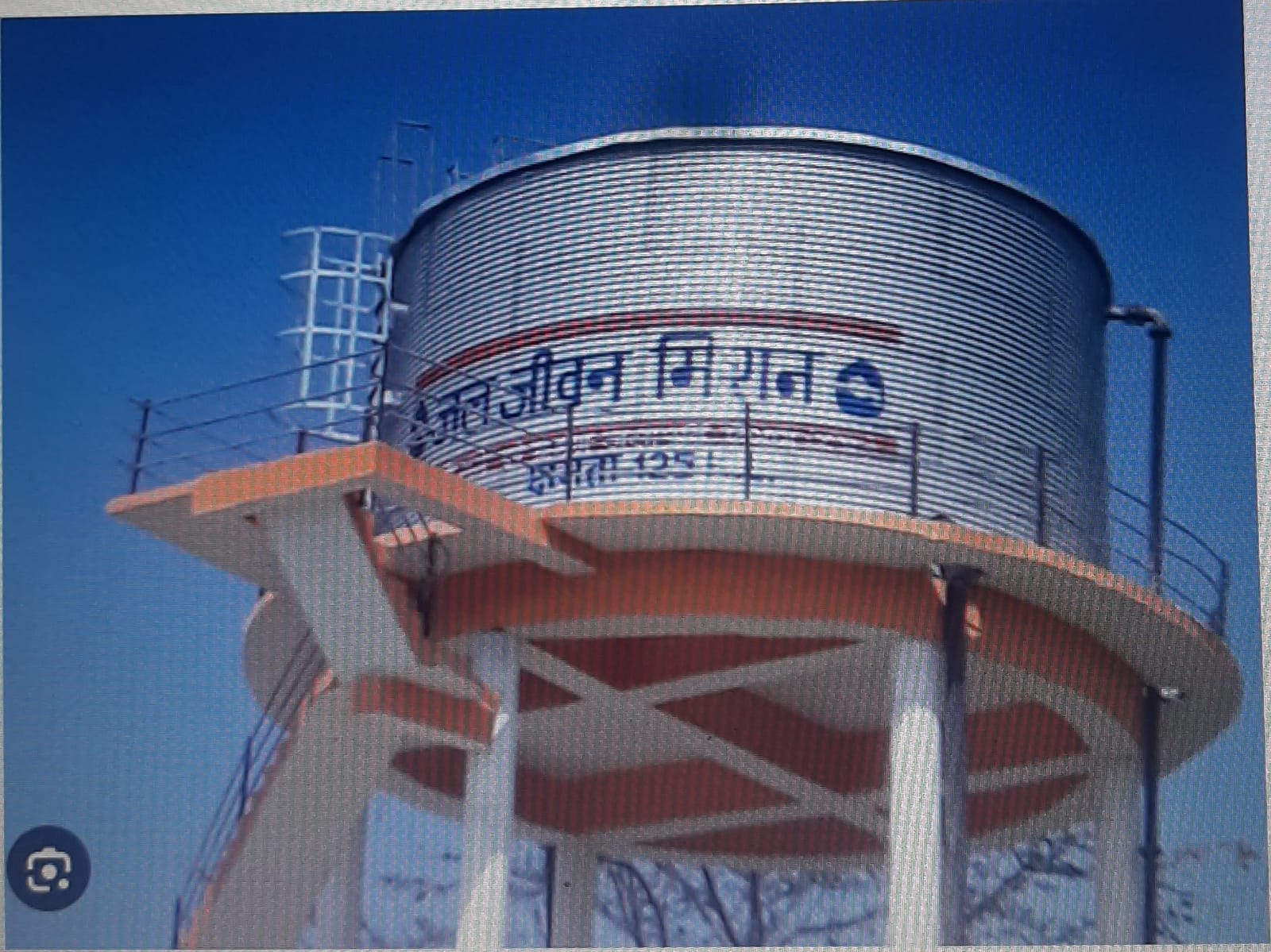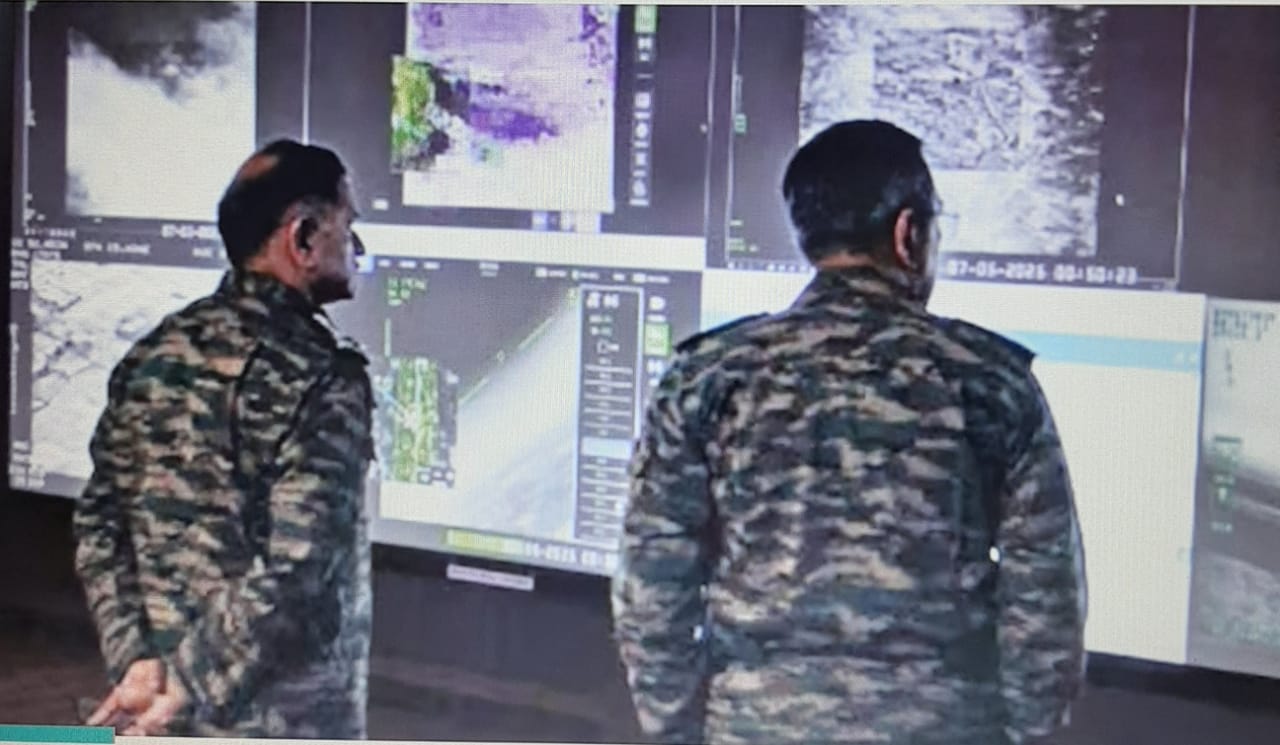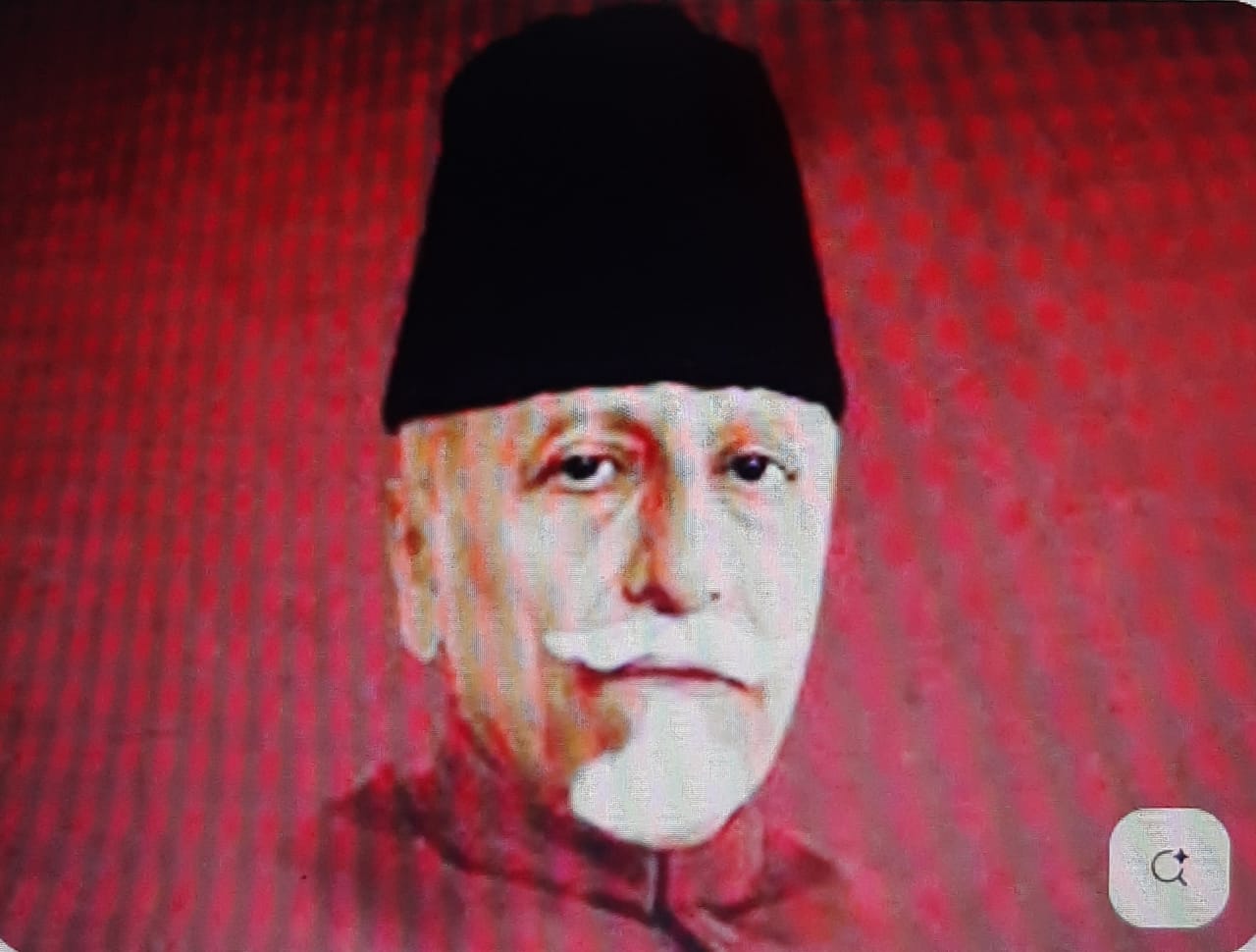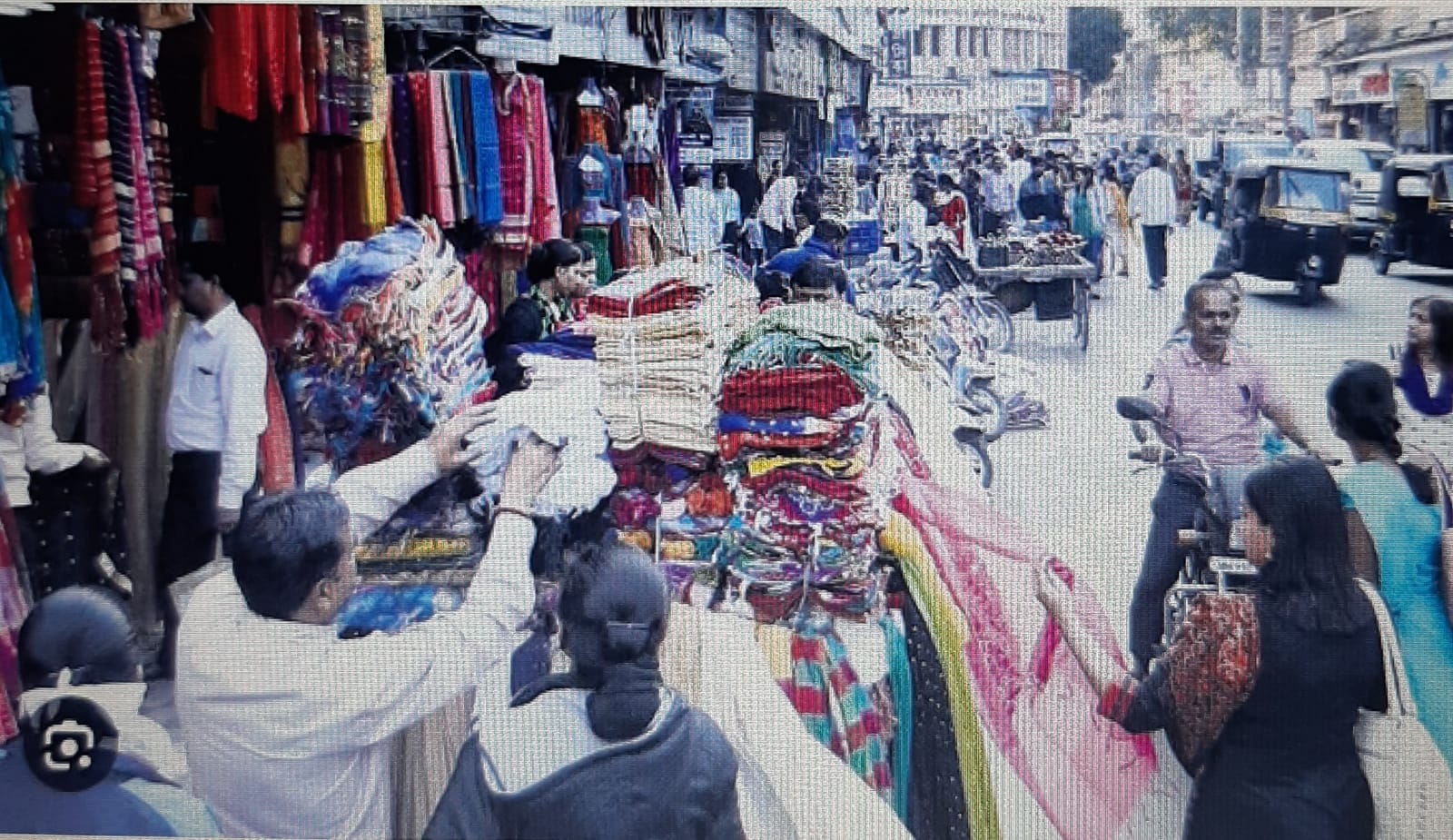
Daily News and Views
Lucknow: Excavation at the disputed site of Rama Janmabhumi – Babri Masjid was carried out by the Archaeological Survey of India from 12 March 2003 to 7 August 2003. During this period, as per the directions of the Hon’ble High Court, Lucnow. 82 tenches were excavated to verify the anomalics mentioned in the report of the Ground Penetrating Radar Survey which was conducted at the site prior to taking up the excavations. A total number of 82 trenches along with some of their baulks were checked for anomalies and anomaly alignments. The anomalies were confirmed in the trenches in the form of pillar bases, structures, floors and foundation though no such remains were noticed in some of them at the stipulated depths and spots. Besides the 82 trenches a few more making a total of 90 finally were also excavated keeping in view the objective fixed by the Hon’ble High Court to confirm the structure.
The results of the excavation are summarized as hereunder.
The Northern Block Polished Ware (NBPW) using people were the first to occupy the disputed site at Ayodhya. During the first millennium B.C. although no stuructural activities were encountered in the limited area probed, the material culture is represented by terracotta figurines of female deities showing archaic features, beads of terracotta and glass, wheels and fragments of votive tanks etc. The ceramic industry has the collection of NBPW the main diagnostic trait of the period besides the grey, black slipped and red wares. A round signet with legend in Asokan Brahmi is another important find of the level. On the basis of material equipment and 14 C dates, this period may be assigned to circa 1003 B.C. to 300 B.C.
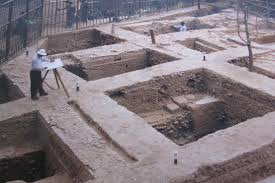
The Sunga horizen (second-first century B.C.) comes next in the order of the cultural occupation at the site. The typical terracotta mother goddess human and animal figurines, beads hairpin, engraver etc. represent the cultural matrix of this level. The pottery collection includes black slipped, red and grey wares etc. The stone and brick structure found from this level mark the beginning of the structural activity at the site.
The Kushan period (first to third century A.D.) followed the Sunga occupation. Terracotta human and animal figurines, fragments of votive tanks, beads antimony rod, hair pin, bangle fragments and ceramic industry comprising red ware represent the typical Kushan occupation at the site. Another important feature of this period is the creation of large sized structures as witnessed by the massive structure running into twenty-two courses.
The advent of Guptas (fourth to sixth century A.D.) did not bring any qualitative change in building activity although the period is known for its Classical artistic elements. However, this aspect is represented by the typical terracotta figurines and a copper coin with the legend Sri Chandra (Gupta) and illustrative potsherds.
During the Post-Gupta-Rajput period (seventh to tenth century A.D.), too the site has witnessed structural activity mainly constructed of burnt bricks. However, among the exposed structures, there stands a circular brick shrine which speaks of its functional utility for the first time. To recapitulate quickly, exteriorly on plan. It is circular whereas internally squarish with an entrance from the east. Though the structure is damaged the northern wall still retains a provision for pranala, i.e. waterchute which is a distinct feature of contemporary temples already known from the Ganga-Yamuma plain.
Subsequently, during the early medieval period (eleventh – twelfth century A.D.) a huge structure, nearly 50 m. in north-south orientation was constructed which seems to have been short lived as only four of the fifty pillar bases exposed during the excavation belong to this level with a brick crush floor. On the remains of the above structure was constructed, a massive structure with at least three structural phases and three successive Peers attached with it. The architectural members of the earlier short lived massive structure with stencil cut foliage pattern and other decorative motifs were reused in the construction of the monumental structure having a huge pillared hall (or two halls) which is different from residential structures, providing sufficient evidence of a construction of public usage which remained under existence for a long time during the period VII (Medieval-Sultanate level – twelfth to sixteenth century A.D.) It was over the top of this construction during the early sixteenth century, the disputed structure was constructed directly resting over it. There is sufficient proof of existence of a massive and monumental structure having a minimum dimension of 50×30 m. in north-south and east-west directions respectively for below the disputed structure. In course of present excavations nearly 50 pillar bases with brickbat foundation, below calcrete blocks topped by sandstone blocks were found. The pillar bases exposed during the present excavation in northern and southern areas also give an idea of the length of the massive wall of the earlier construction with which they are associated and which might have been originally around 60 m (of which the 50 m length is available at present). The center of the central chamber of the disputed structure falls just over the central point of the length of the massive wall of the preceding period which could not be excavated due to presence of Ram Lala at the spot in the make-shift structure. This area is roughly 15×15 m on the raised platform. Towards east of this central point a circular depression with projection on the west cut into the large sized brick pavement, signify the place where some important object was placed. Terracotta lamps from the various trenches and found in a group in the levels of Periods VII in trench G2 are associated with the structural phase.
In the last phase of the period VII glazed ware sherds make their appearance and continue in the succeeding levels of the next periods where they are accompanied by glazed this which were probably used in the original construction of the disputed structure. Similarly is the case of celadon and porcelain sherds recovered in a very less quantity they come from the secondary context. Animal bones have been recovered from various levels of different periods, but skeletal remains noticed at the trenches in northern and southern areas belong to the Period IX as the grave pits have been found out into the deposition coeval with the late disputed structures and are sealed by the top deposit.
It is worthwhile to observe that the various structures exposed right from the Sunga to Gupta period do not speak either about their nature or functional utility as no evidence has come to approbate them. Another noteworthy feature is that it was only during and after Period IV Gupta level) onwards upto Period IX (late and post Mughal level) that the regular habitational deposits disappear in the concerned levels and the structural phases are associated with either structural debris or filling material taken out from the adjoining area to level the ground for construction purpose. As a result of which much of the earlier material in the form of pottery, terracottas and other objects of preceding periods, particularly of Period I (NBPW level) and Period III (Kushan level) are found in the deposits of later periods mixed along with their contemporary material. The area below the disputed site thus, remained a place for public use for a long time till the Period VIII (Mughal level) when the disputed structure was built which was confined to a limited area and population settled around it as evidenced by the increase in contemporary archaeological material including pottery. The same is further attested by the conspicuous absence of habitational structures such as house-complexes, soakage pits, soakage jars, ring wells, drains, wells, hearths, kilns or furnaces etc. from Period IV (Gupta level) onwards and in particular from Period VI (Early Medieval Rajput level) and Period VII (Medieval- Sultanate level).
The site has also proved to be significant for taking back its antiquarian remains for the first time to the middle of the thirteenth century B.C. (1250±130 B.C.) on the analogy of the C14 dates. The lowest deposit above the natural soil represents the NBPW period and therefore the earliest remains may belong to the thirteenth century B.C. which is confirmed by two more consistant C14 dates from the NBPW (Period I), viz. 910±100 B.C. and 880±100 B.C.) These dates are from trench G7. Four more dates from the upper deposit though showing presence of NBPW and associated pottery are determined by Radio-Carbon dating as 780±80 B.C., 710±90 B.C., 530±70 B.C. and 320±80 B.C. In the light of the above dates in association with the Northern Black Polished Ware (NBPW) which is generally accepted to be between circa 600 B.C. to 300 B.C. it can be pushed back to circa 1000 B.C. and even if a solitary date, three centuries earlier is not associated with NBPW, the human activity at the site dates back to circa thirteenth century B.C. on the basis of the scientific dating method providing the only archaeological evidence of such an early date of the occupation of the site.
The Hon’ble High Court in order to get sufficient archaeological evidence on the issue involved whether there was any temple/structure which was demolished and mosque was constructed on the disputed site as stated on page 1 and further on p. 5 of their order dated 5 march 2003 and given directions to the Archaeological Survey of India to excavate at the disputed site where GPR Survey has suggested evidence of anomalies which could be structure, pillars, foundation walls, slab flooring etc. which could be confirmed by excavation. Now viewing in totality and taking into account the archaeological evidence of a massive structure jut below the disputed structure and evidence of continuity in structural phases from the tenth century onwards upto the construction of the disputed structure alongwith the yield of stone and decorated bricks as well as mutilated sculpture of divine coupe and carved architectural members including foliage patterns, amalaka, kapolapali doorjamb with semi-circular pilaster, broken octagonal shaft of black schist pillar, lotus motif, circular shrine having pranala (waterchute) in the north, fifty pillar bases association of the huge structure, are indicative of remains which are distinctive features found associated with the temples of north India.



